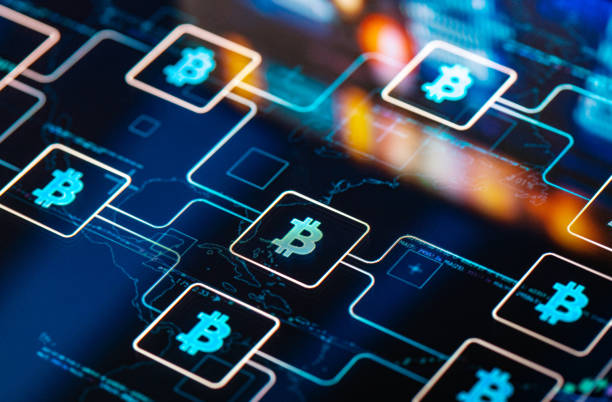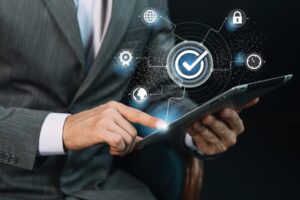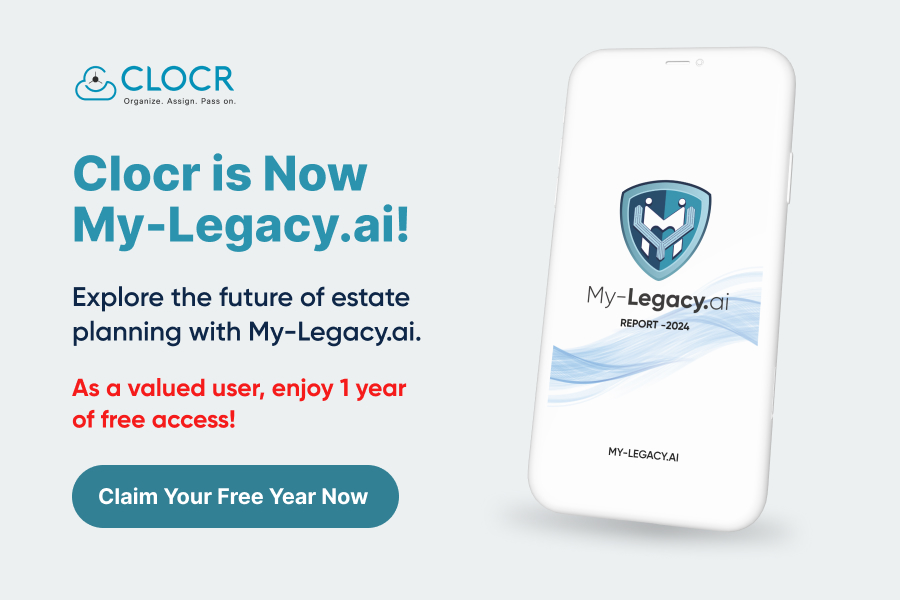Bitcoin mining is the process of creating new bitcoins and putting them into circulation. It is also how the network certifies new transactions and is an important part of the blockchain ledger’s upkeep and development. “Mining” is done using sophisticated machinery that solves a very challenging computational arithmetic problem. The first computer to solve the puzzle obtains the next block of bitcoins, and the process is restarted.
Bitcoin mining can be done on any computer, but it’s best done with dedicated hardware. Bitcoin miners perform complex calculations that form the basis for bitcoin transactions in order to generate new blocks (and thereby new bitcoins).
The Process of Bitcoin Mining
Bitcoin miners compete to solve incredibly complicated math problems that need the use of expensive computers and massive amounts of power in order to properly add a block. Application-specific integrated circuits, or ASICs, are the computer hardware necessary and can cost up to $10,000. ASICs consume massive quantities of power, which has sparked criticism from environmentalists and restricts miners’ profitability.
If a miner successfully adds a block to the blockchain, they will be rewarded with 6.25 bitcoins. Every four years, or every 210,000 blocks, the incentive value is lowered in half. Bitcoin was trading about $43,000 in January 2022, making 6.25 bitcoins worth roughly $270,000.
Why Do People Mine Bitcoin?
The bitcoin reward that miners earn is an incentive that pushes individuals to help with the fundamental goal of mining: legitimising and monitoring Bitcoin transactions to ensure their authenticity. Bitcoin is a “decentralised” cryptocurrency, or one that does not rely on any central authority, such as a central bank or government, to supervise its regulation, because numerous people all over the globe share these tasks.
Bitcoin Mining for Profit
If you want to mine Bitcoin on your own, often referred as solo mining, and make a profit, you’ll need specialised mining hardware. In general, mining with a graphics processing unit (GPU) or application specific integrated circuit (ASIC) is the most efficient.
Aside from costly gear, you’ll need to consider internet bandwidth availability and local electricity expenses. Bitcoin mining consumes a significant amount of power. To make money, you’ll need access to low-cost electricity or possibly solar panels on your roof. You’ll also need an internet service provider that offers unrestricted internet access without charging fees for exceeding a certain data limit.
Conclusion
While Bitcoin mining may appear tempting, the fact is that it is difficult and costly to perform profitably. The tremendous fluctuation of Bitcoin’s price adds to the uncertainty.
There are also a number of alternatives coming up like Ethereum and Solana which have more sustainable mining methods that you should check out.
Clocr - For Digital Estate Planning
We are always thinking about our assets and financial preparation for our family in the event that something were to happen to us. We hire attorneys to draft thorough wills to protect our families, but what about your digital assets? Clocr simplifies creating and managing a Digital Estate Plan, allowing you to safeguard assets of personal and financial worth to you and your family.
With Digital Estate Planning, which focuses on meeting the security and legal requirements of Digital Assets, the process of prioritising, organising, and sketching out your desires for your NFTs or Cryptocurrencies becomes extremely straightforward, and you can sleep well knowing your family is secured.
Investing in Cryptocurrency is simple, but planning for its future and security can perplex investors. Digital Estate Planning is a process that can help Cryptocurrency holders to organise and update Digital Assets (email accounts, blogs, social media accounts, photo libraries, cloud storage accounts, etc.) so that after sudden demise or incapacitation of the Cryptocurrency account owner, the beneficiaries have one place to go and access, manage, or close digital accounts according to the wishes of the deceased person.




